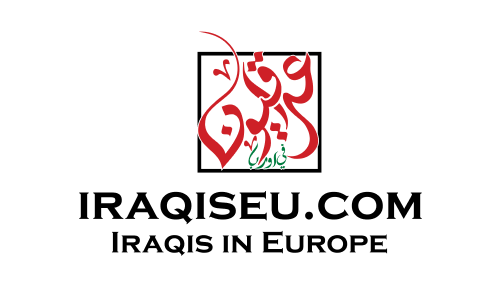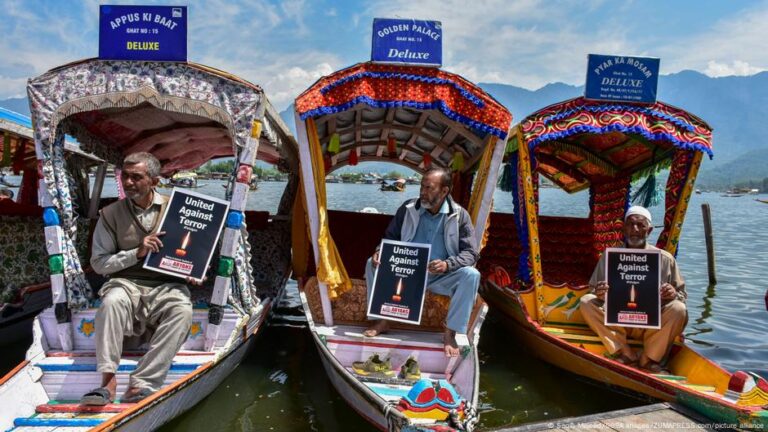India-administered Jammu and Kashmir is grappling with its deadliest attack in two decades. On Tuesday, gunmen opened fire on tourists in the popular town of Pahalgam, killing 26 men. A little-known armed group calling itself The Resistance Front (TRF) allegedly claimed responsibility.
In the days that followed, India suspended a decades-old water-sharing treaty with Pakistan, announced the closure of a key border crossing, withdrew visas for Pakistani nationals and accused Islamabad of enabling cross-border terrorism. Pakistani officials have denied any involvement. In response, Islamabad cancelled visas issued to Indians and closed its airspace to Indian planes.
The attack has drawn attention to the network of militant groups active in Kashmir. While many of these groups are officially banned in Pakistan, Indian officials allege they continue to function with the support of Pakistan’s military intelligence, operating freely across the border.
Some groups have rebranded, others splintered — but their objectives remain largely aligned: to challenge control over Indian-administered regions of Kashmir and, in many cases, merge the region with Pakistan. Several groups have previously fought alongside the Taliban and al-Qaeda, framing their cause as part of a broader global jihad.
The militant landscape in Kashmir is fluid. Factions frequently change allegiances, and share fighters — making the insurgency difficult to track, contain, or eliminate.
Here’s a look at the major insurgent groups currently active in Jammu and Kashmir.
The Resistance Front (TRF)
The Resistance Front (TRF) emerged in 2019 in the aftermath of India’s abrogation of Article 370, which stripped Jammu and Kashmir of its special constitutional status.
TRF uses the alias “Kashmir Resistance” on social media and online forums, where it purportedly took responsibility for the recent Pahalgam attack.
The group portrays itself as a secular movement, distancing itself from overt Islamist rhetoric. Indian authorities, however, assert it is an offshoot of Lashkar-e-Taiba (LeT), using LeT’s logistical networks and resources.
India designates TRF as a terrorist organization.
Lashkar-e-Taiba (LeT)
Founded in 1990, Lashkar-e-Taiba (translated as “Army of the Righteous,” or “Army of the Pure”) is one of the region’s most well-known Islamist militant groups. Designated as a foreign terrorist organization by countries including the United Kingdom, United States and Australia, as well as the United Nations, the group’s primary aim is the end of Indian-administration of Jammu and Kashmir.
Though banned by Islamabad in 2002, the Pakistan-based group remains active. Pakistan has been accused of not doing enough to curb LeT’s activities, despite the ban. The group is often blamed by India for carrying out high-profile armed attacks, not only in Kashmir, but across India.
LeT does not tend to claim responsibility for attacks. Several LeT members were convicted for the 2000 Red Fort attack on one of India’s most famous landmarks, in which three people were killed, although the group did not publicly claim responsibility.
Members were implicated in the 2008 Mumbai attacks, according to Indian and international investigations, which killed more than 160 people and paralyzed India’s financial capital for three days.
Unlike other Salafi-jihadi groups in Pakistan, LeT publicly denounces sectarian violence against other Muslim sects and prohibits its fighters from targeting Pakistan’s government.
Hizbul Mujahideen (HM)
Hizbul Mujahideen (HM), founded in 1989, was once the most prominent militant group in Kashmir. Long associated with Pakistan’s fundamentalist Jamaat-e-Islami movement, the group’s influence has waned in recent years, particularly after the deaths of its key commanders, including Burhan Wani in 2016 and his successor, Sabzar Ahmed Bhat, in 2017.
Jaish-e-Mohammed (JeM)
Another key player is Jaish-e-Mohammed (JeM), a Pakistan-based Sunni Islamist group founded in 2000 by radical Islamist cleric Masood Azhar following his release from an Indian prison in exchange for 155 hostages aboard a hijacked Indian Airlines airplane.
Though banned in Pakistan in 2002, JeM continues to operate openly in parts of the country, as well as India and Indian-administered Kashmir. The group’s stated goal is to unite Kashmir with Pakistan. It had also long aimed to expel Western troops from Afghanistan.
JeM has carried out numerous high-profile attacks, including the 2001 suicide bombing of the Jammu and Kashmir state legislative assembly building, which left over 30 dead and the 2019 Pulwama bombing that killed at least 40 Indian paramilitary personnel when a suicide bomber drove a car into their convoy.
The United Nations, the United States, the United Kingdom, Canada and several other countries designate JeM as a foreign terrorist organization. The group has operational ties to LeT, the Taliban and al-Qaeda, with fighters from Pakistan, Kashmir, and Afghan and Arab veterans of the Soviet-Afghan war.
Al Badr: Jammu & Kashmir
Al Badr (translated as ‘the full moon’), formed in the early 1990s as a splinter group of Hizbul Mujahideen, is known for its combat-hardened fighters, many of whom previously served with Afghan militia commander Gulbuddin Hekmatyar’s Hizb-i-Islami in Afghanistan.
The group maintains ties to transnational jihadi networks and has reportedly clashed with Indian forces along the Line of Control, the de facto border between Indian and Pakistani troops in Jammu and Kashmir and Ladakh. However, these accounts remain difficult to independently verify.
Ansar Ghazwat-ul-Hind (AGH)
Ansar Ghazwat-ul-Hind (AGH), established in 2017, represents al-Qaeda’s presence in the Kashmir conflict. Officially recognized as a branch of al-Qaeda in the Indian Subcontinent (AQIS), the group is ideologically committed to establishing an Islamic state under Sharia law in Kashmir.
Its founder, Zakir Musa, a former Hizbul Mujahideen commander, broke ranks due to ideological differences. AGH has since positioned itself as a purist jihadist group, rejecting nationalist goals in favor of global Islamist objectives.
Edited by Jessie Wingard


